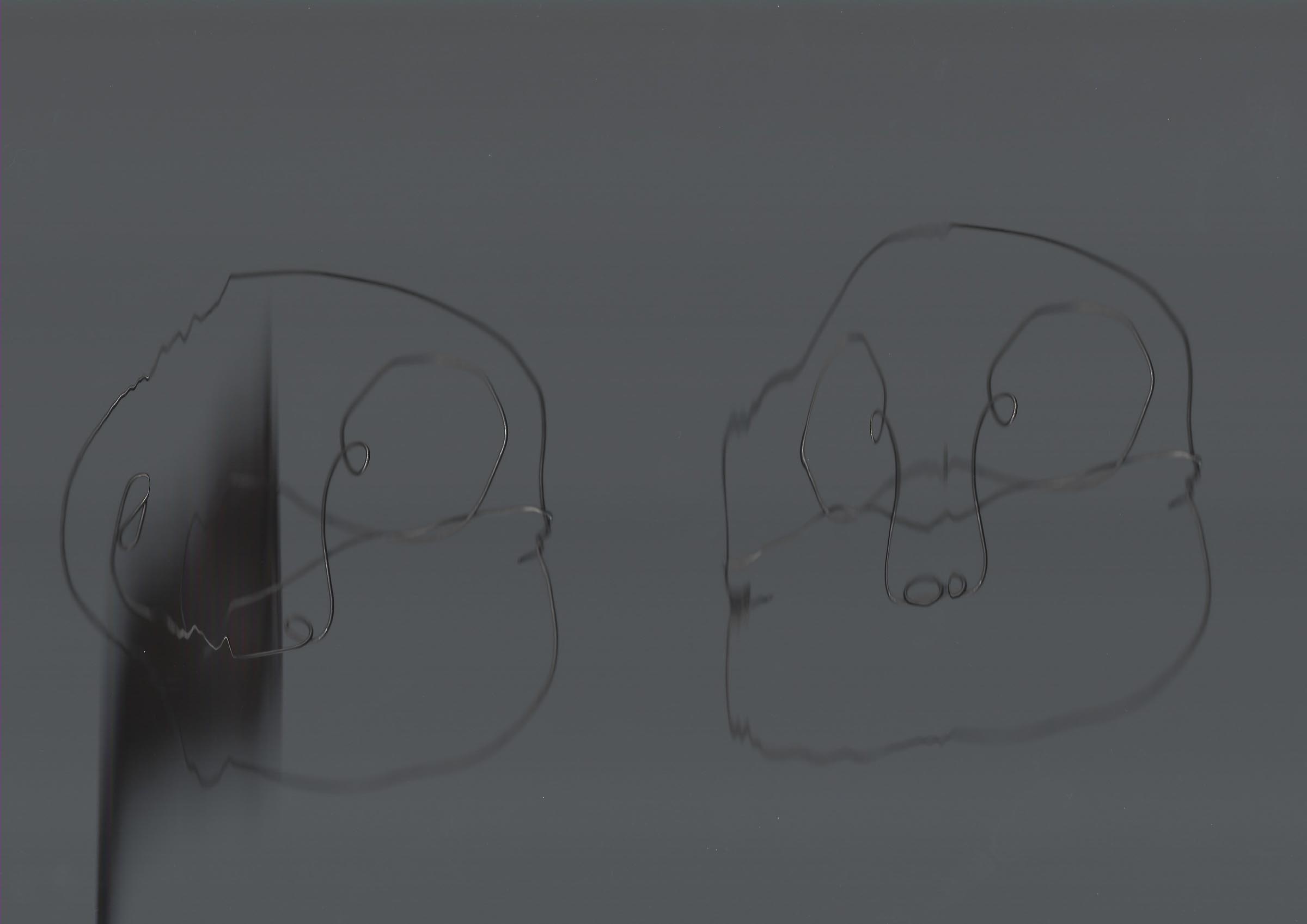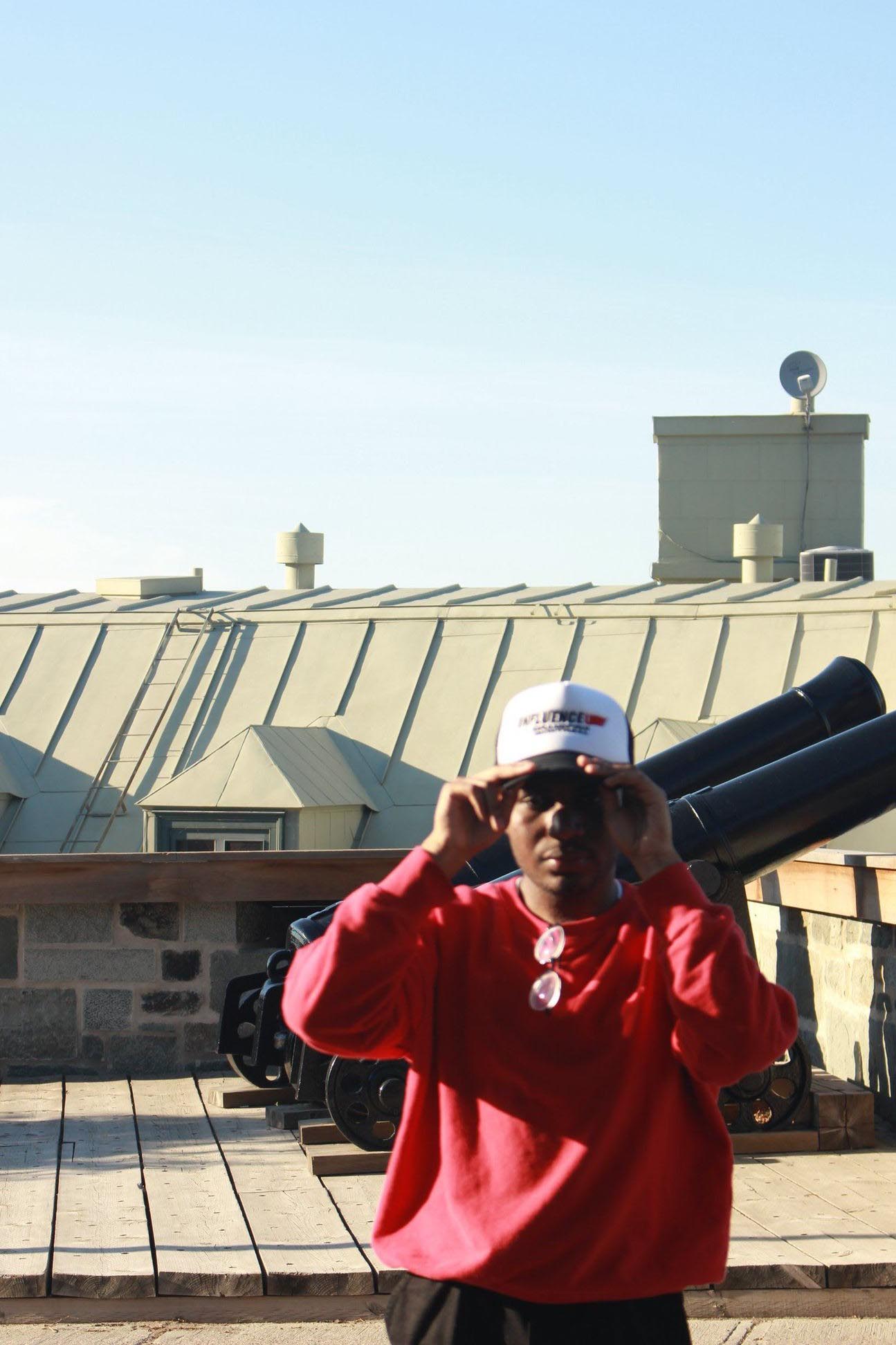
How did you get into making art?
I did not grow up in a visual artistic family. Both of my parents are historians. They knew about the archival and historical aspect of what is “fine art.” But, they were strangers to the expressive and creative part of it. So, my first art experience did not come from museums nor recognizable works of art but through comics and graphics novels. Not far away from where I use to live was a library that let us rent books. Inside the library was a small section with Japanese and French comics. At the time, the books without images intimidated me. But, I remember being captivated by the artisanship, the lines and stories of those novels, especially the Japanese ones.
I wanted to imitate the sensation of those pictures. This feeling got me into drawing. And through drawing, I found more of this gigantic world of expression. But even before that, I recall drawing on every piece of fabric I could find; memories that go back to when I was six years old drawing in my mother’s Bible.
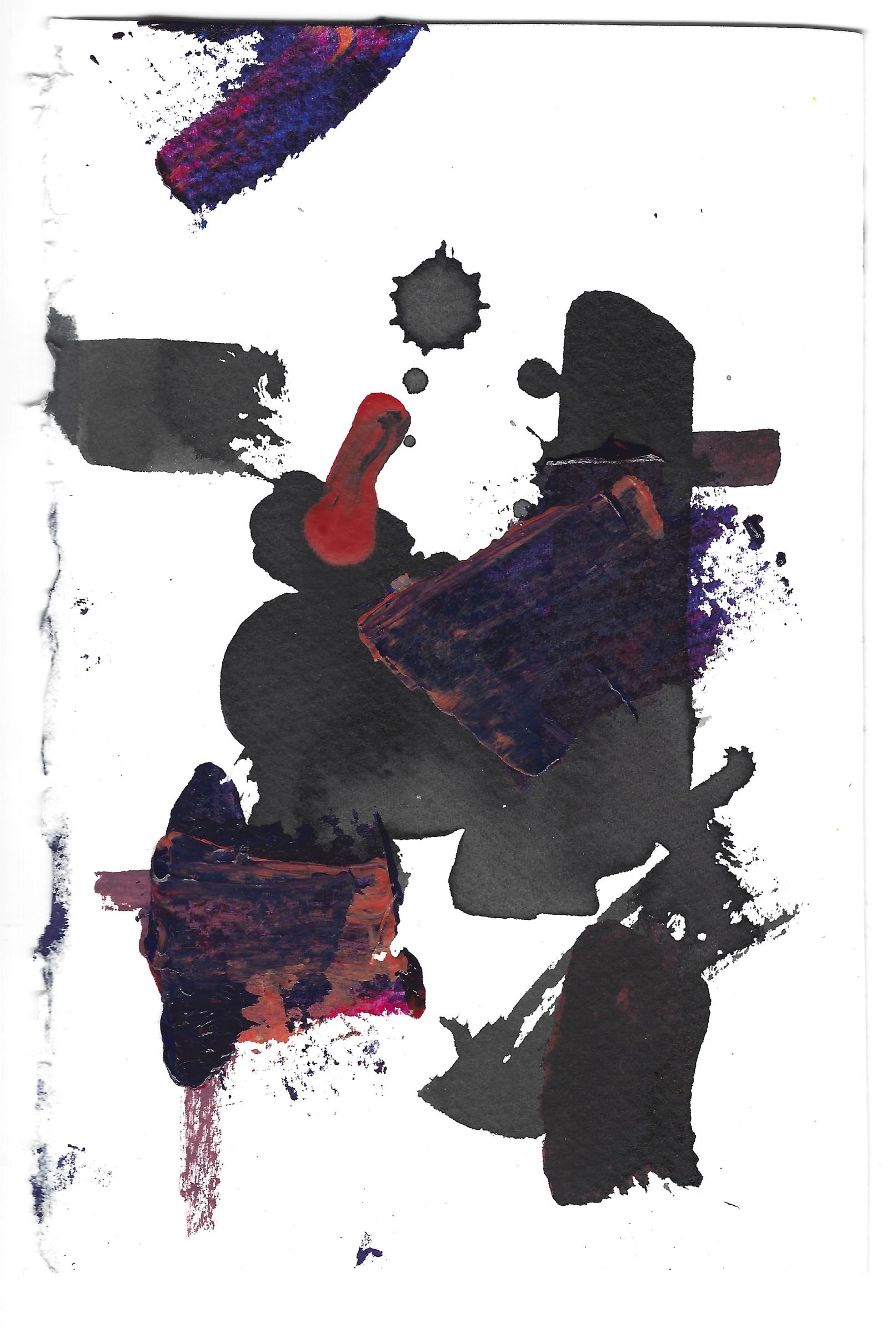
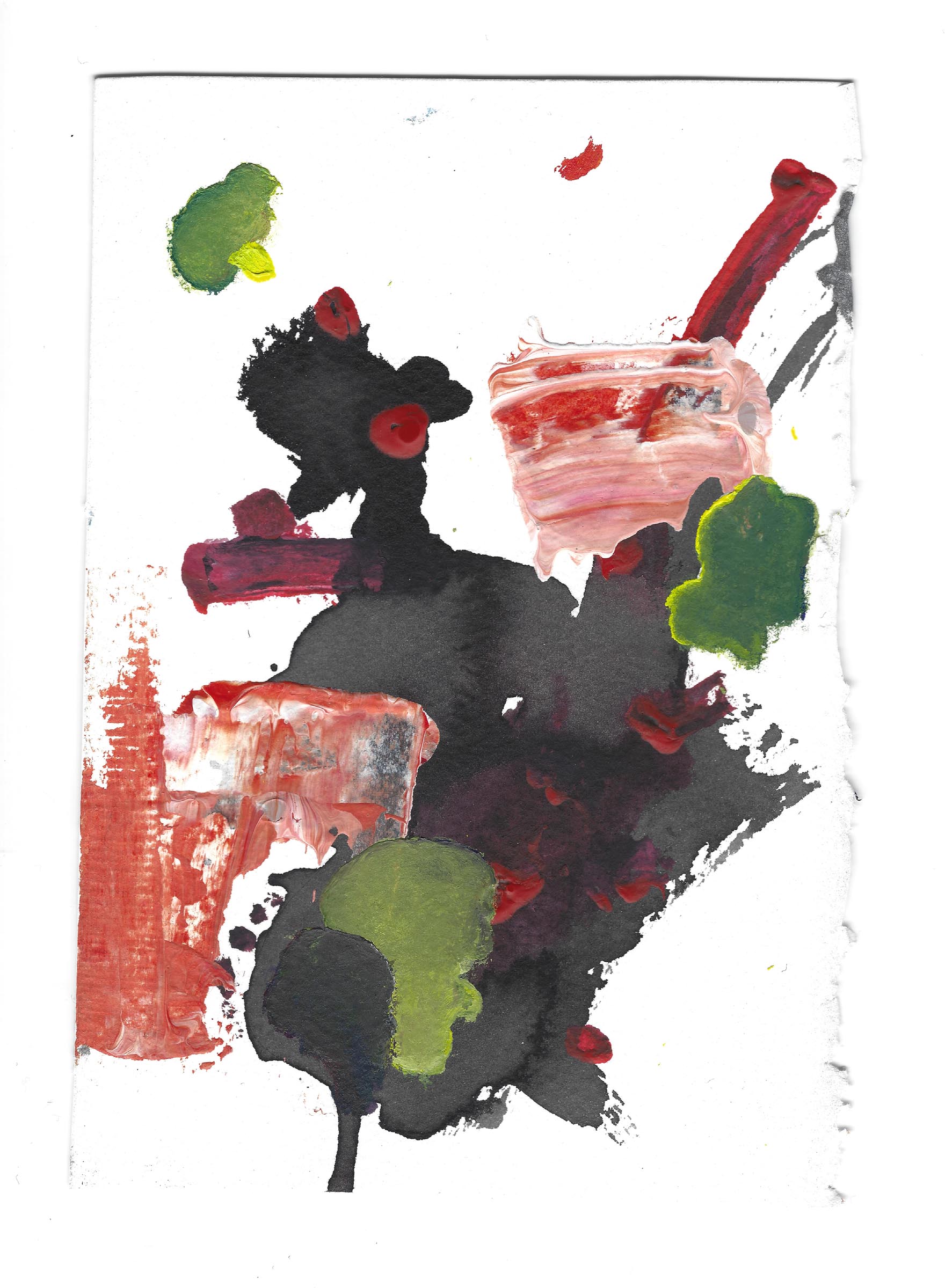
What are you currently working on?
Honestly, I’m writing, researching and studying. I am working on my university studies for my BFA, revisiting personal essays to reflect on their pertinence and if they can still be of use. Still, there is some project ici et là; paintings, drawings and mixed media works that I’m exploring.
I’m mostly planning different projects and peeling the layers of Des souvenirs, a work I completed nearly one year ago. Writing helps me focus my thoughts and concisely let them out. This project keeps resurging aesthetically and thematically in different pieces. I completed a collage from multiple small paintings and still found residue of this series in this project.
Des souvenirs and recent works came from the ephemeral aspect of remembering.
David Bipolo

What inspired you to get started on this body of work?
Inspiration is infinite. You can find it in plants, movement of peoples and objects, signs, temperature, colours, light, trauma, interactions and conversation, eating, sleeping or not sleeping, art, writing, nature, zoning out, repetition and many more. Recently, two subjects have caught my attention for different reasons: family and composition. Because of the pandemic, I found myself thinking a lot and working small scale due to restrictions. Scanning became my principal method of presenting works. Delving through childhood memories and family photos went from nostalgia to an obsessive act of remembrance. Des souvenirs and recent works came from the ephemeral aspect of remembering. And with composition, I hope to create objects that function artistically. Contrast, colours, texture are elements rich in methodical exploration. There is limitless experimentation to do with a focus on the technical side of art.
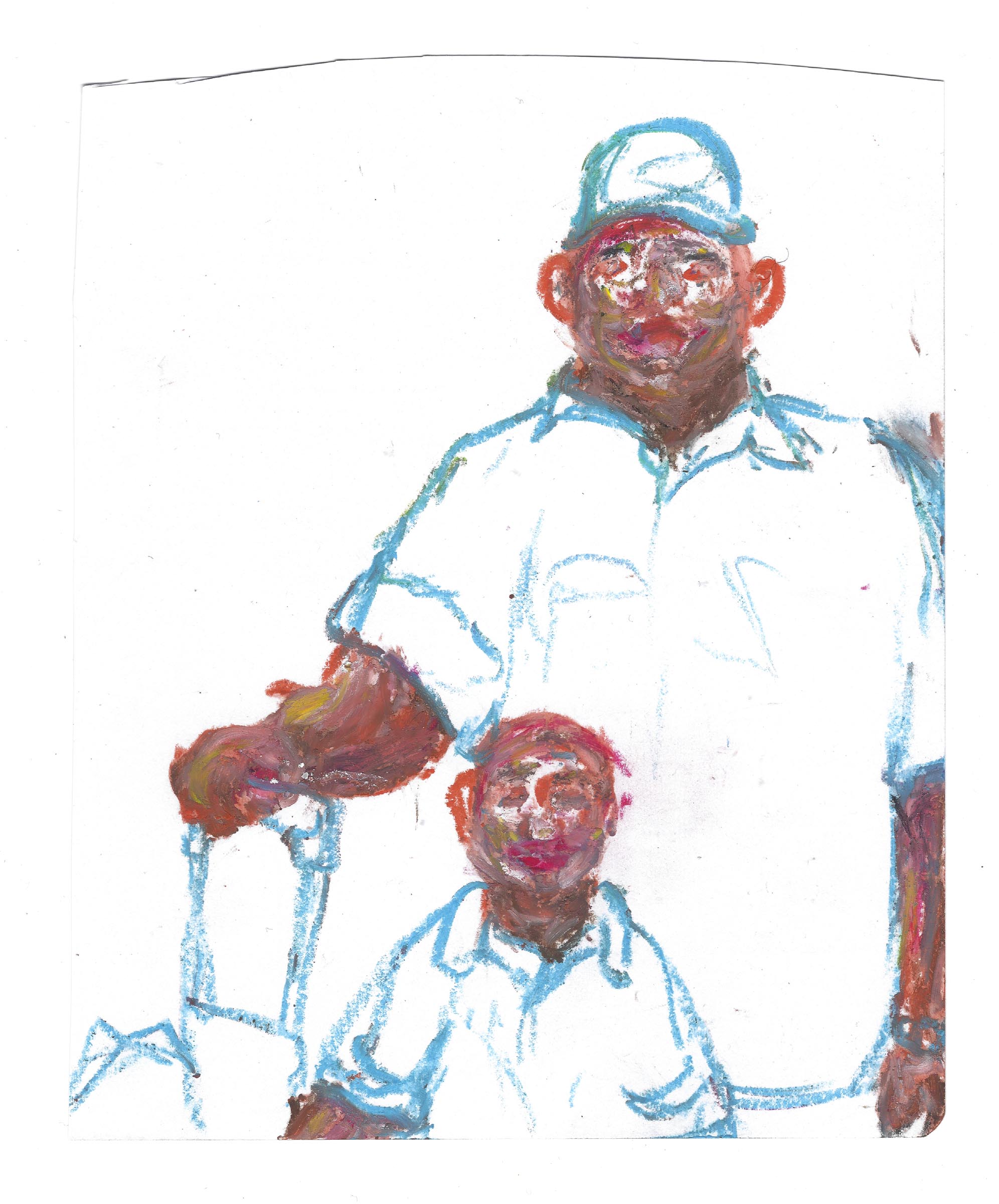
Do you work on distinct projects or do you take a broader approach to your practice?
When I see my works, I find differences. The approach is different. The medium is usually not the same, the mental state, the aim and the context differ. It’s all over the place. But personally, there is continuity in making art, like telling an emotional story about the past, future and present simultaneously. Each work feels distinct right now, but development and connections can be found when I explore the basis of those projects.
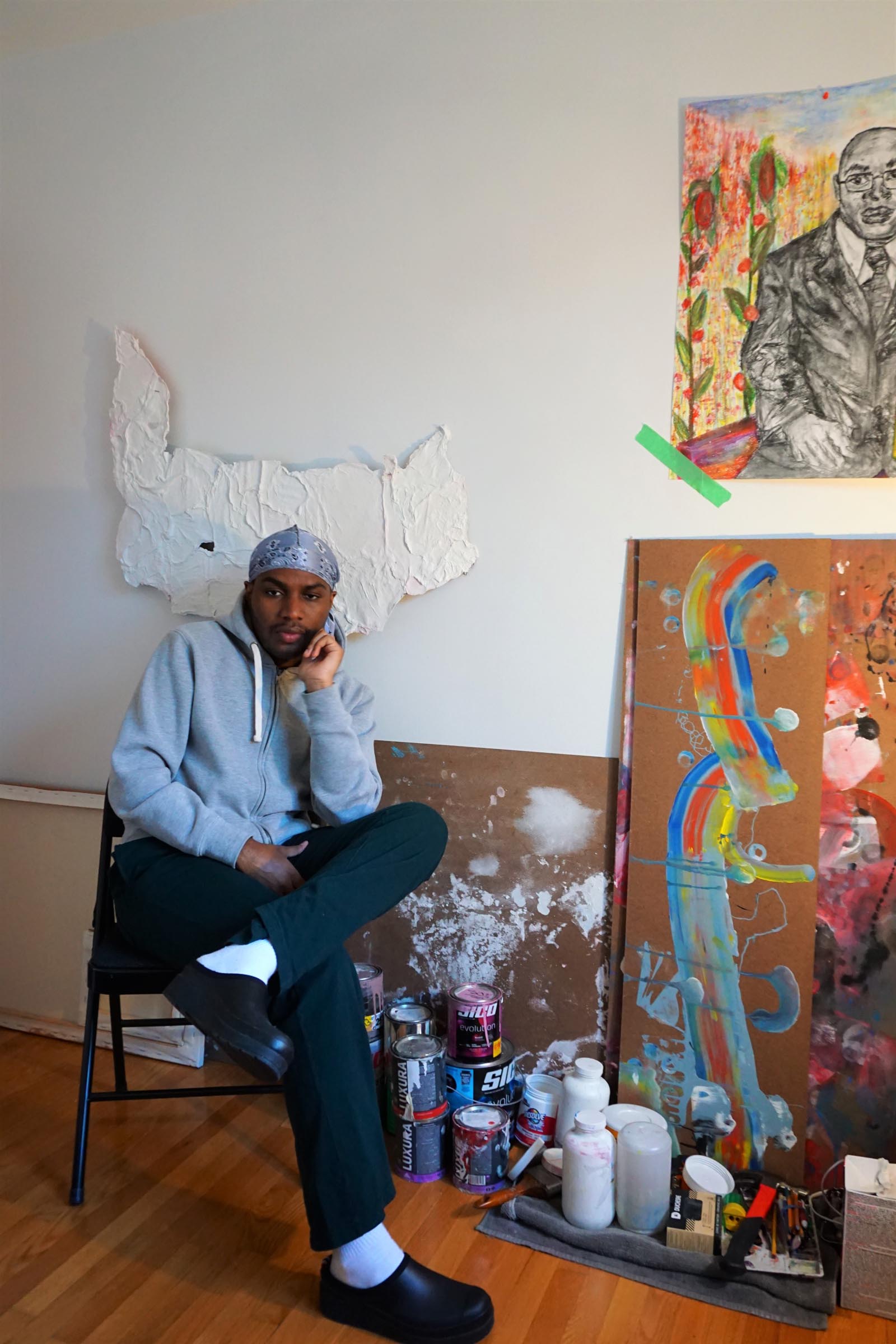
What’s a typical day like in your studio?
Because of the pandemic, I started working from home rather than at the university studio. It’s was something new that the place I eat, sleep and rest became this place of work and notation. It benefitted me in a way. I produced more.
A studio session starts in the afternoon and finishes when I feel like I can work no more. Or when I finish what apprehended to do. If I don’t already get an idea in my cerebrum, studio time starts with trials and errors. I go through old projects, sketches, items and notes. But I usually know the direction I want to take, so I begin playing music. Any genre of music, just something I haven’t listen to before. This habitude gives me a sort of momentum. Then, I work and walk around the house in circles if I’m stuck on something.
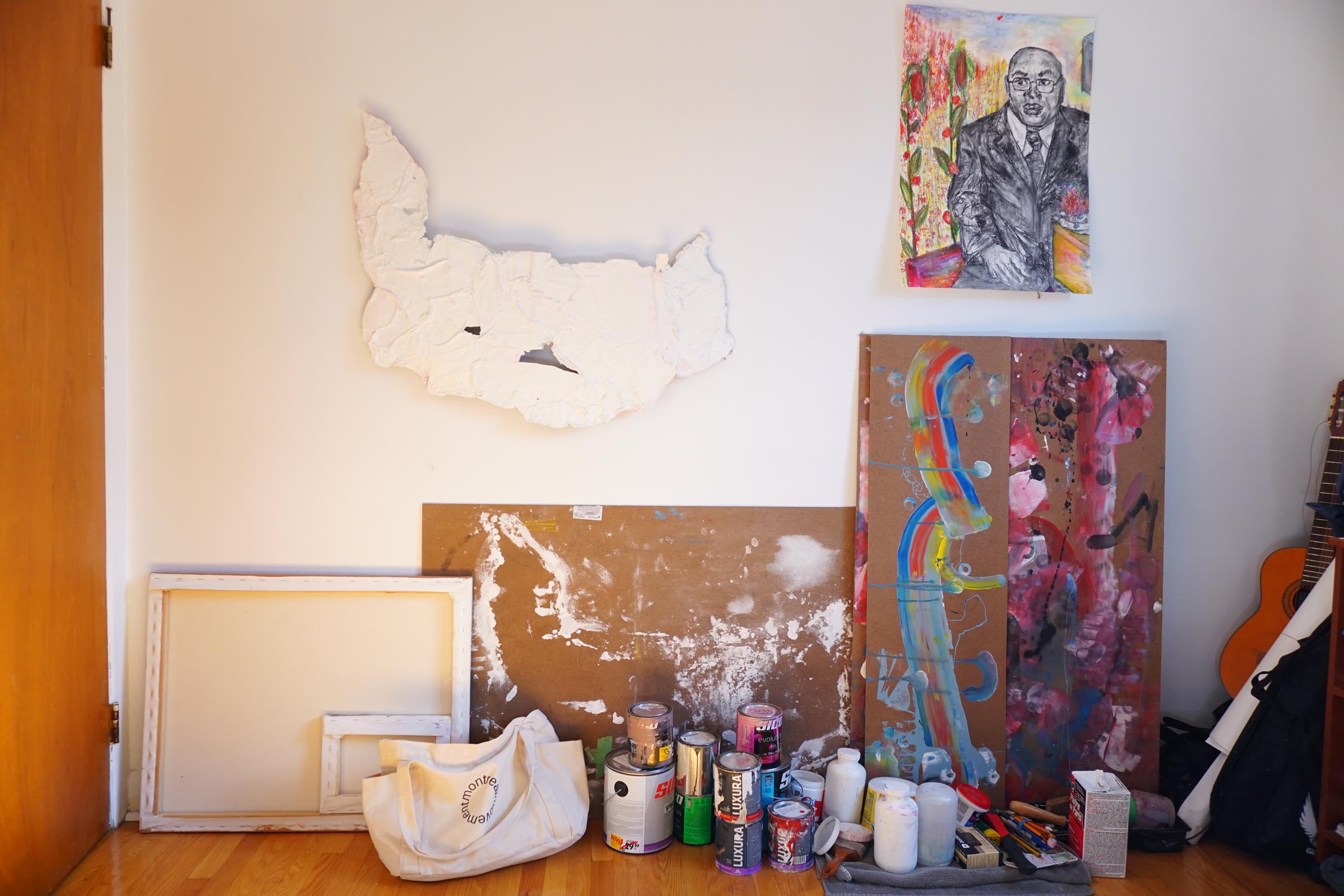
Who are your favorite artists?
My first coup de coeur when I discovered the art world was the photographer Ren Hang. His creations are drench in humility. The venereal exposition of nudity became this subject of honesty. I admire the political megalomania critique of Ai Weiwei. Drawers such as Samuel Palmer, Elgon Schiele, Kara Walker are always appreciated in my book. Kerry James Marshall is a modern art icon. There is always time to revisit the classics like Monet, Klimt, Basquiat, Matisse or Caravaggio. Joan Mitchell created some of the most stunning abstract pieces I’ve ever seen. Francesca Woodman and Ana Mendieta are not talked about enough.
There are many astonishing contemporary artists like Valerie Gobeil, Abdoulaye Konaté, Moe Piuze, Øyvind Lauvdahl, Rae Klein, Tania Font, Claire Duplouy, Choi So Young, Matthew Stone, Andrej Dúbravský, and so much more. Let me not forgot the mangakas who got me into drawing like Naoki Urasawa, Masashi Kishimoto or Rumiko Takahashi.

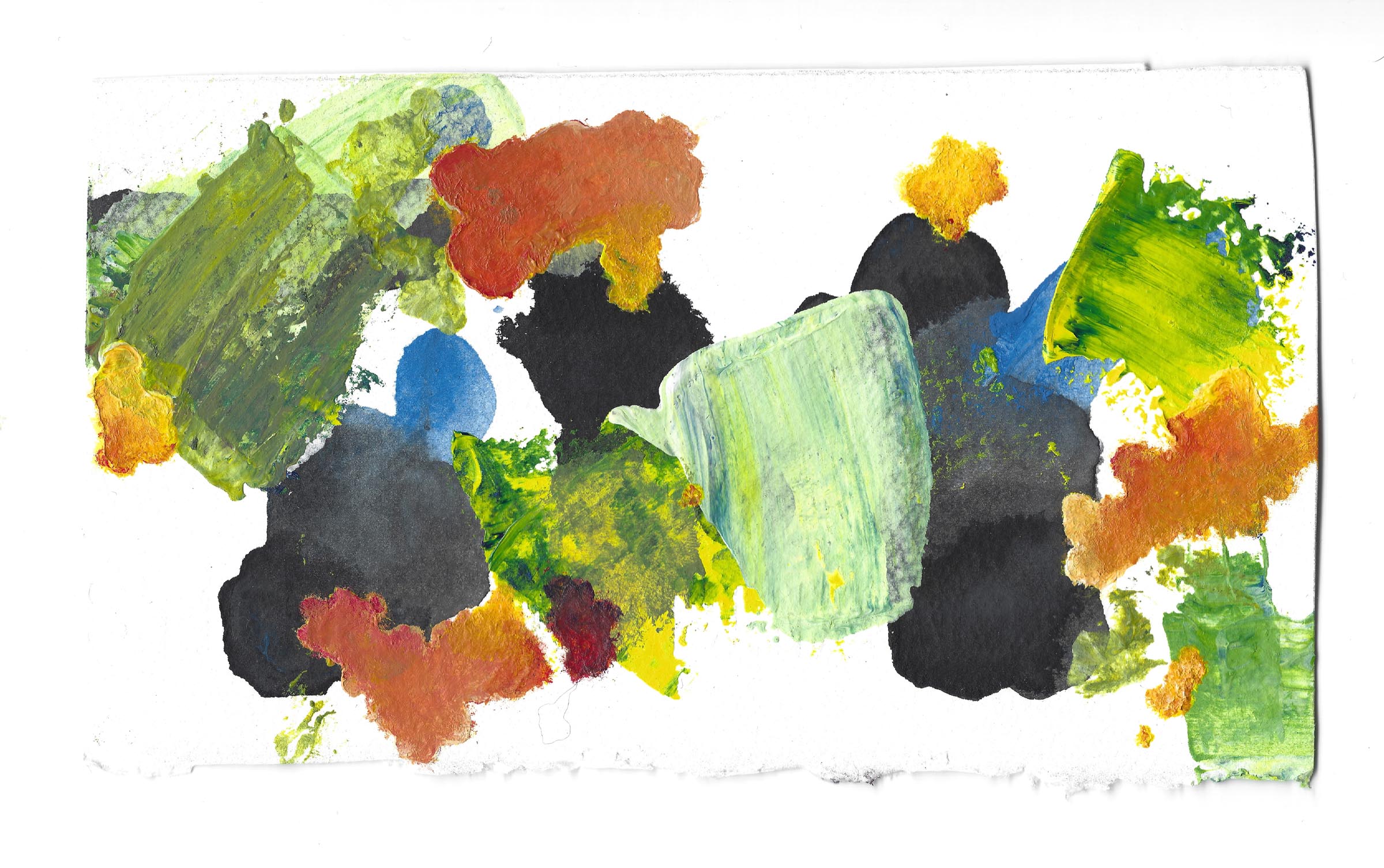
Where do you go to discover new artists?
Finding new practices and individual approaches to an established medium is fun. Websites like Artsy, Instagram and even the Hopper Prize give artists a platform to be seen. Museum and galleries are where I go when I want to see new works. Finally, exchange with teachers, students and people, in general, is a good way to find new practices.
David Bipolo is an artist based in Montréal who was recently shortlisted for The Hopper Prize. To learn more about the artist:



